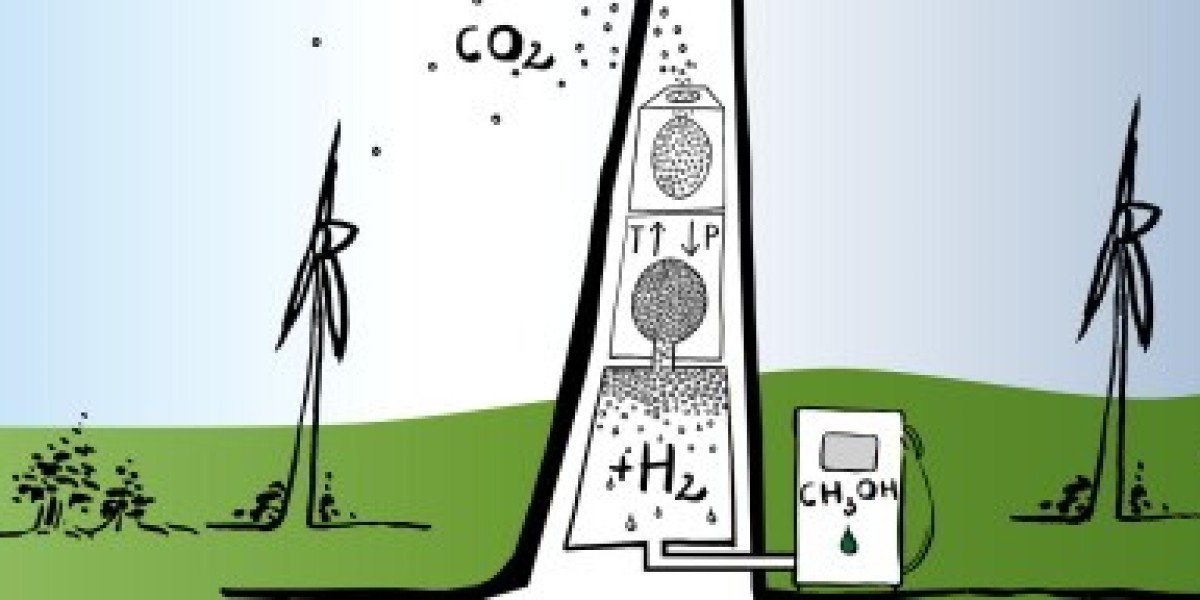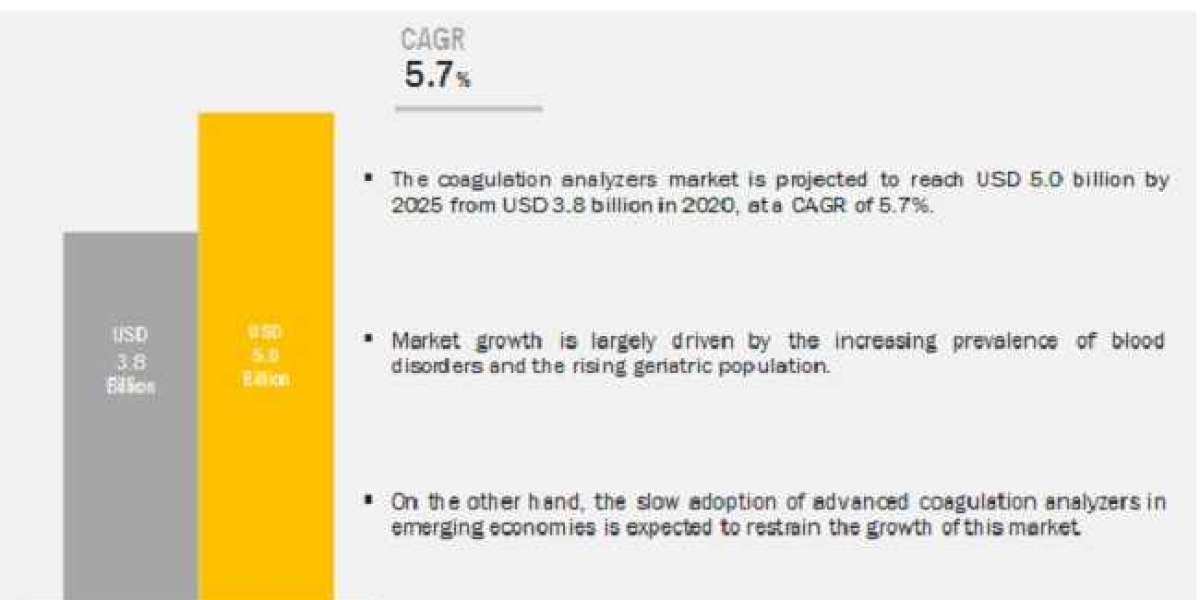Introduction
Methanol is a simple alcohol with a chemical formula of CH3OH, which is one of the key basic chemical building blocks used in the production of various chemical derivatives and transportation fuels. Methanol is currently produced from fossil fuels through steam methane reforming or coal gasification. However, reusable methanol provides an opportunity to produce methanol from renewable resources like biomass, waste and directly from carbon dioxide and hydrogen.
Production Process of Renewable Methanol
Reusable methanol can be produced through two main pathways - biomass gasification or power-to-gas pathway using renewable hydrogen and carbon dioxide. In the biomass gasification process, various biomass feedstock like organic waste, agricultural residues or energy crops are gasified to produce syngas consisting of carbon monoxide and hydrogen. This syngas is then converted to methanol through catalytic hydrogenation process. The power-to-gas pathway utilizes renewable electricity to produce hydrogen through electrolysis of water. This renewable hydrogen is then combined with carbon dioxide captured from industrial processes or directly from air to produce methanol. Both these pathways allow the production of liquid transportation fuel methanol from renewable resources rather than fossil fuels.
Advantages of Renewable Methanol over Other Renewable Fuels
Reusable methanol provides some unique advantages compared to other renewable liquid fuels like bioethanol and biodiesel:
- Methanol has a higher energy density per unit volume than ethanol, which means more energy can be stored in the same size of fuel tank. This allows methanol to achieve greater driving range compared to other biofuels with same volume of fuel.
- Methanol is fully miscible with gasoline at any ratio and does not require a separate fuel infrastructure. It can be directly added as a blending component to the existing gasoline pipelines and tanks. This significantly reduces the investment needed for distribution and storage infrastructure compared to other biofuels.
- Methanol production does not depend on arable land or food crops like corn and sugarcane required for ethanol production. It can be produced from various waste biomass and direct air capture of carbon dioxide. This avoids the food vs fuel debate associated with other biofuels.
- Methanol can also be produced from renewable hydrogen and captured carbon dioxide through power-to-gas pathway even when biomass availability is limited. This allows the leveraging of surplus renewable electricity for production of liquid fuel.
Potential Applications of Renewable Methanol
Reusable methanol holds promise to be utilized in various applications and help reduce lifecycle carbon footprint:
Transportation Fuel
- Methanol can be directly used as a vehicle fuel in flexible fuel vehicles or added as a gasoline blend up to 15%. This allows utilization of existing gasoline vehicles with minor modifications. Various automakers are testing methanol fueled vehicles.
Marine Bunker Fuel
- Methanol is an excellent alternative to heavy fuel oil currently used in ships and can reduce their emissions. Various shipping companies are testing methanol as cleaner marine fuel. IMO is also looking to include methanol under renewable fuelling options.
Feedstock for Chemical Industry
- Methanol is a basic building block chemical and can replace the fossil fuel based methanol currently used as a feedstock in numerous chemical processes and derivatives like formaldehyde, acetic acid, solvents etc.
Distributed Energy Storage
- Methanol fuel cell technology provides an alternative to batteries for long term distributed energy storage application from renewable energy sources at utility level as well as off grids.
Outlook and Challenges
Reusable methanol holds great potential to provide a viable low carbon liquid fuel solution for transportation and chemical industry. Various countries like Iceland, Canada and Chile are actively promoting the methanol economy concept. However, for it to be competitive at mass scale, further cost improvements are required in reusable methanol production technologies as well as developing dedicated infrastructure. Also, incentives and policies would be needed to boost investments in methanol projects and fuel efficient vehicle technologies. With advancements, reusable methanol can emerge as a promising multi-functional renewable fuel in future mobility.
Conclusion
In conclusion, reusable methanol produced from waste biomass, carbon dioxide and renewable hydrogen provides an opportunity to establish a carbon neutral liquid fuels industry independent of fossil fuels. Its advantages of energy density, compatibility with existing infrastructure and versatile applications make it a attractive prospect for reducing emissions from transportation and other hard to abate sectors. Concerted R&D efforts are needed to realize the full potential of reusable methanol as an important component in transitioning to sustainable low carbon economy.
JACK SMITH
7 Blog posts



